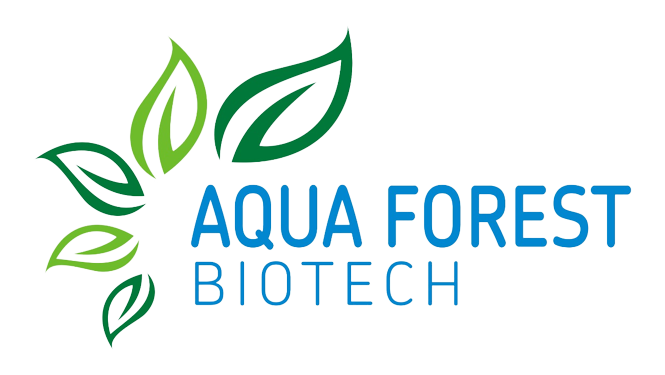Plant products grown with love
Paludarium Plants
Technically speaking, a paludarium does not need to include any plants at all, but the attractive display created by a richly planted tank has a huge impact on us all. People are simply drawn to such beauty. But what paludarium plants to chose?
The answer to this question will be formed by three main factors: firstly what are you trying to achieve? Perhaps an accurate biotope tank; maintaining a mix of species (both plants and animals) that occur together in nature, in as natural conditions as possible. Maybe you just want a truly impressive planted display. Or still, a more functional enclosure where plants are solely for the benefit of animal species.
Secondly, you will be limited to plants that will survive in the tank provided. Paludarium plants must be able to withstand the humidity, temperature and light levels in which they will be housed. They must also be able to tolerate other paludarium occupants, their food, and not cause harm themselves. No larger carnivorous plants, bromeliads with sharp leaf edges, or plants with known toxicity.
The final limitation is the availability of species. There are probably thousands of plant species suitable for your paludarium, though few will be regularly available. There are some 13000 species of fern in nature; how many are in stores? Some of the easiest to grow house plants and aquarium species will be available in a local nursery, pet store or garden center. Certainly Creeping Fig Ficus pumila, Devil’s Ivy Epipremnum aureum etc, and aquatic species like Anubias and Cryptocoryne. Many more species will be available from specialist plant breeders online.
Aquatic, terrestrial and epiphytic paludarium plants
Of course, a Paludarium can contain solely aquatic, or semi aquatic-plants, or exclusively terrestrial plants. It may also have epiphytic plants (i.e. those that grow on the surface of another plant – usually a tree) – this will depend on the precise nature of your set-up. An all-aquatic plant tank might not be very tall, but have a large waterfall coated with java moss; with Cryptocoryne or Anubias growing emersed from the water. In contrast, a dark jungle stream with little light penetration would typically have no aquatic plants; primarily epiphytic plants and vines on the land portion, and just deep piles of leaf litter within the water: the perfect Amazon rainforest tank featuring small dart frogs and Rivulus killifish! Of course tank inhabitants do not notice what plant species are living around them, and can be quite happy with purely artificial plants.
Paludarium vs vivarium
Obviously a paludarium has water as a significant feature, whilst a vivarium does not. Both could represent a similar environment (for example Amazon rainforest) and house similar animal species, but the increased moisture of the paludarium does affect the plant choices available. Vivaria will typically receive regular mistings, but still not be moist enough to let certain species thrive. By contrast paludaria, despite good ventilation, will typically have wetter, even waterlogged areas of land, and areas of significantly higher humidity, probably close to 100% humidity in areas. The plants suggested below are all species that can tolerate higher levels of humidity, yet even these (particularly the orchids and bromeliads) might not thrive in every paludarium. A large enough tank can have wetter and dryer zones, and some plants will need to be kept strictly in one or the other. You may need to experiment with ventilation and planting positions before permanent planting positions for some species can be established.
Temporary plants
Another option that works well is the concept of temporary planting. Individual orchids and bromeliads are kept potted or grown epiphytically on removeable substrates – these can be given periodic breaks from any installation, kept in rotation with other specimens. A few months break in a greenhouse, or even as a houseplant, can, to some extent, replicate the dryer seasons the plant would experience in nature, but also allow close inspection, removal of dead leaves etc. Be careful, especially when rotating bromeliads, that frogs are not resting between the leaves of these plants when removed.
Where to source plants
Although you can order plants online, it’s always good to look in a garden center when you are passing. Look for small tropical plants, typically in 1 to 3 inch pots. Plants with darker leaf colors usually require less light and will do better in the long run. They can be coastal plants, bog plants, and tropical forest plants. Below are some examples of plants that are worth considering in a paludarium.

